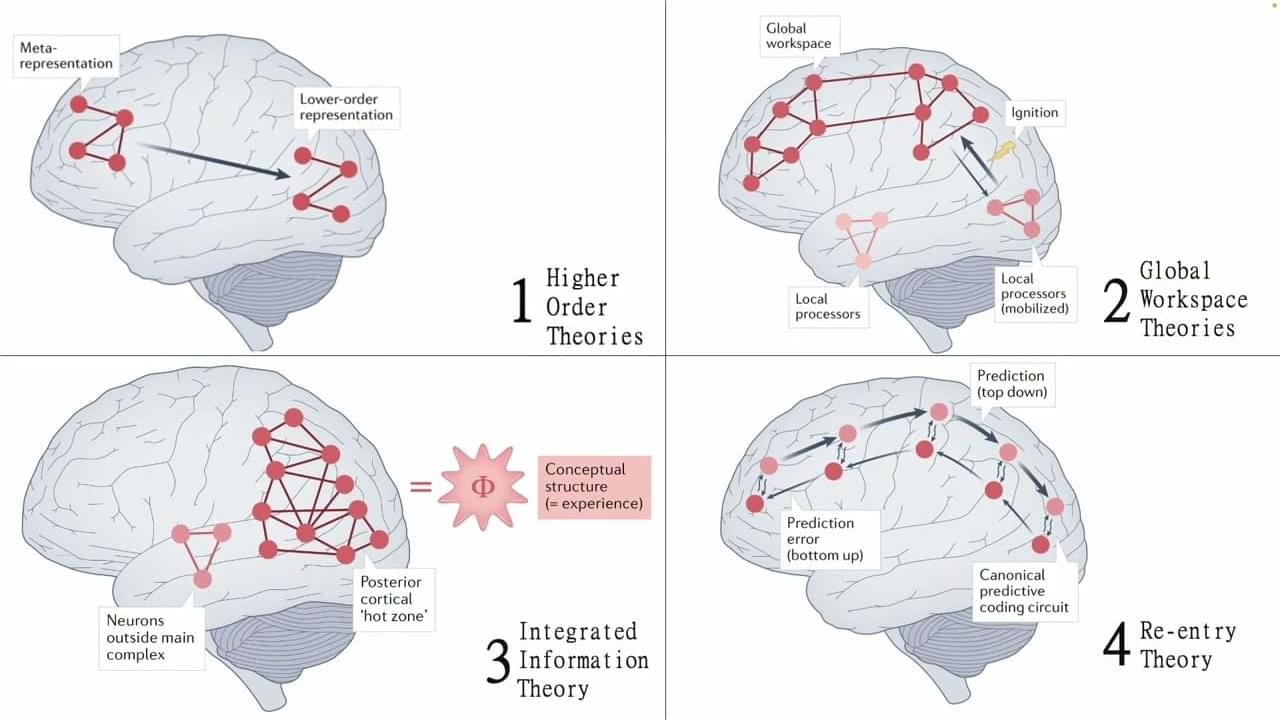Oct 11, 2024
Computer simulation mimics how the brain grows neurons, paving the way for future disease treatments
Posted by Genevieve Klien in categories: biotech/medical, computing, neuroscience
A new computer simulation of how our brains develop and grow neurons has been built by scientists from the University of Surrey. Along with improving our understanding of how the brain works, researchers hope that the models will contribute to neurodegenerative disease research and, someday, stem cell research that helps regenerate brain tissue.


















